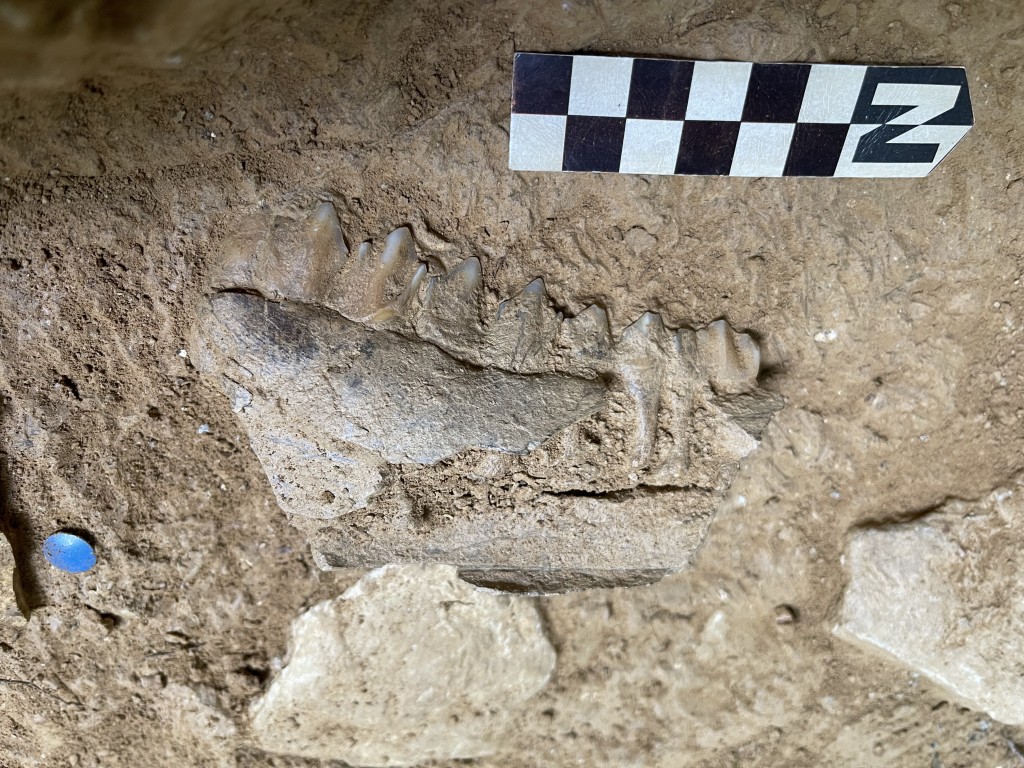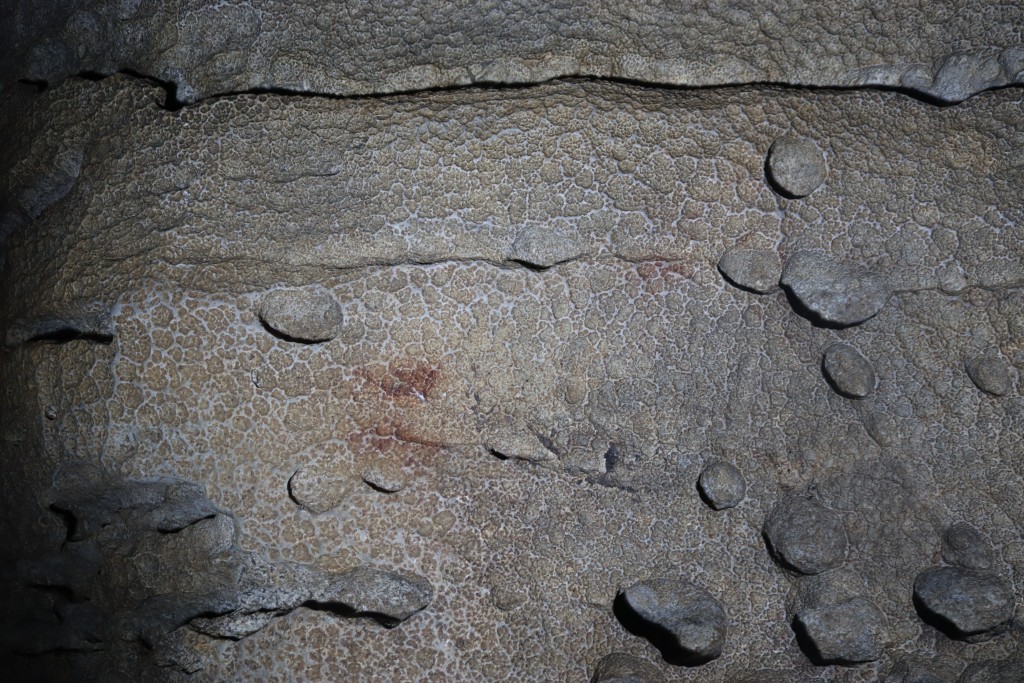11/09/2023
New excavations at the Eirós Cave provide further insight into the way of life of the Neanderthals in the eastern mountain ranges of Galicia
The URV and the IPHES are taking part in an intervention that has confirmed that the cave was used as a camp for a long period of time and has identified rock art produced using a so-far undocumented technique

The URV and the IPHES are taking part in an intervention that has confirmed that the cave was used as a camp for a long period of time and has identified rock art produced using a so-far undocumented technique
The latest excavations at the Eirós Cave, carried out this summer with the support of the Regional Ministry of Culture, Education, Vocational Training and Universities of the Government of Galicia by members of the Study Group for Pre-History, Archaeology, Antiquity and Territory (GEPN-AAT) of the University of Santiago (USC), the Catalan Institute of Human Paleoecology and Social Evolution (IPHES-BÚSQUEDA) and the Universitat Rovira i Virgili (URV) have provided further insight into the ways of life of the Neanderthals in the eastern mountain ranges of Galicia. It also confirms, as noted in previous years, that it was used as a camp where they engaged in a variety of activities such as hunting and tool making. New manifestations of rock art that uses previously undocumented techniques have also been identified in the interior. The excavation work was carried out under the direction of Arturo de Lombera Hernida (GEPN-AAT, USC) and Xosé Pedro Rodríguez Álvarez (IPHES-CERCA, URV) as part of the project led by Ramón Fábregas Valcarce (GEPN- AAT, USC).
Bone remains, artistic evidence and new study spaces
The results of the research provide new information on the way of life of the Neanderthal communities that occupied the Eirós cave, in the Galician village of Cancelo (Triacastela), and on the symbolic world of the Upper Palaeolithic. The new exploration of the level with materials from the Middle Palaeolithic provides greater insight into the groups that inhabited the eastern mountain ranges more than 45,000 years ago and used the cave as a camp for relatively long periods of time. Excavations have unearthed the remains of lithic tools made from quartzite and quartz from the banks of nearby rivers. These artefacts were used to process hunted animals and skins and to make wooden tools. Bone and dental remains of prey, such as jaws and deer bones, were also found. The local Neanderthal communities captured deer, chamois and horses in the nearby valleys and forests, slaughtered them and brought them to the cave. Some of these skeletal remains still have the cut marks made by the stone tools used to remove their flesh. The pieces recovered show that the Eirós Cave was also occupied by carnivores who used it as a den or burrow.

In parallel to the excavations, the panels containing art in the interior of the cave were documented and subject to photogrammetry and 3D surveys. At the bottom of the galleries, new motifs were identified that had been produced with a technique that had gone undocumented until now. They consist of paired dots and signs drawn with red paint on the ceiling of the gallery. The use of ochre as a pigment has not been documented in any of the panels known to date. These motifs extend the number of techniques and motifs represented in the art of the Eirós Cave.
During the campaign, a small shelter in the vicinity of the cave was also explored. The living conditions there were good because it is a large space protected by a wide ledge and its considerable sedimentary fill confirms that this type of shelter and cavities have been extensively used in Cancelo over time.
